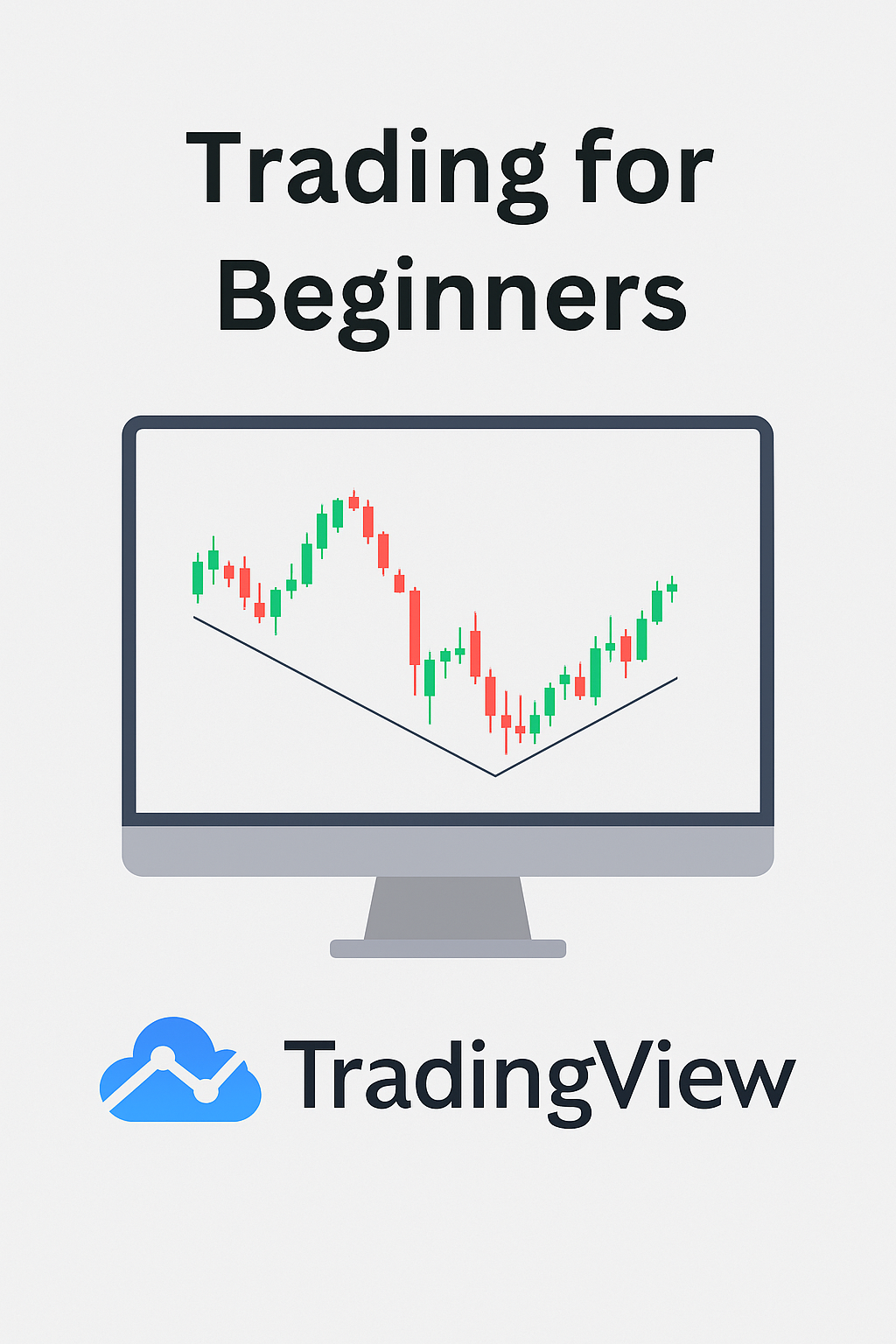Trading for Beginners: How I Actually Set Up My ASX Charts in TradingView (Step by Step)
Most beginners get this part wrong. They hear “TradingView is the best charting platform,” sign up, and then stare at a blank screen, totally overwhelmed.
I was the same. Dozens of indicators, hundreds of tools — and no clue where to start.
But here’s the truth: you don’t need all of it.
What you do need is a clean, repeatable setup that lets you see price action, trend, and momentum at a glance. That’s what separates the pros from the “indicator collectors.”
And today, I’ll show you exactly how I set up my ASX charts in TradingView.
⸻
Trading For Beginners -Step 1: Start With a Clean Chart
When you first open TradingView, strip it all back.
❌ No 12 indicators.
❌ No spaghetti of lines.
👉 Price first. Always price.
Set your chart to candlesticks and zoom out. This gives you the truth: the raw battle between buyers and sellers.
⸻
Trading For Beginners – Step 2: Add the “Core 3” Tools
Forget the 100+ add-ons. These three are enough to trade like a pro:
1. Moving Averages (20 & 50 EMA) → show short-term vs medium-term trend.
2. RSI (Relative Strength Index) → shows momentum and overbought/oversold zones.
3. Volume → the hidden weapon. Price without volume is just noise.
These three confirm what price is already telling you. Nothing more, nothing less.
⸻
Trading For Beginners -Step 3: Add the “Trader’s Edge” – Elliott Wave + Fibonacci
This is where TradingView really shines.
• Use Elliott Wave drawing tools to map market psychology.
• Use Fibonacci retracements/extensions to find exact support and resistance levels.
👉 Pro tip: Price loves to respect Fibonacci levels. Once you see it, you can’t unsee it.
⸻
Trading For Beginners – Step 4: Save Your Layout
Don’t rebuild it every time. Save your layout so with one click, your chart is ready.
This is how I go from scanning the ASX 200 → zeroing in on ZIP → and posting levels in our community — all in minutes.
⸻
Why TradingView?
I’ve tried them all: free tools, broker platforms, even the old-school charts.
But nothing matches TradingView for:
• Ease of use → perfect for beginners.
• Professional tools → Elliott Wave, Fib retracements, alerts.
• Accessibility → works on desktop, mobile, anywhere.
Honestly? It’s the one tool I couldn’t trade without.
⸻
Ready to Set Up Yours?
Here’s the thing: I can walk you through screenshots, guides, and lessons… but until you do it yourself, it won’t click.
👉 That’s why I recommend starting your own TradingView account today.
(full transparency: this is my affiliate link, which means TradingView gives me a small thank-you if you sign up — at no extra cost to you. Using it helps me keep building free guides, lessons, and market reports for our community 🙌).
⸻
🎯 Trading For Beginners – Final Word
Trading is hard enough without messy charts.
Start clean. Build with purpose. Stick to the Core 3, add Elliott + Fib when you’re ready, and keep it consistent.
The sooner you have a setup you trust, the sooner you stop second-guessing and start trading with confidence.
👉 Go set up your chart now, and drop your screenshot in the group — I’d love to see how you’re building your edge.
⸻
Remember, trading is a journey, not a race. Each chart, setup, and lesson builds your skillset. Keep revisiting the resource hub, explore the guides, and grow with our She Trades Shares community every week. Trading isn’t about chasing quick wins — it’s about building skill, discipline, and confidence over time. This hub gives you the tools, strategies, and guidance to trade with clarity instead of confusion. Keep practicing, revisit these resources often, and remember: every setup you learn adds to your edge. Stay patient, stay consistent, and let your results compound.
